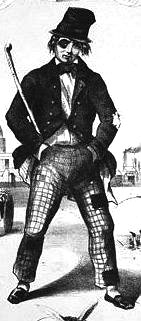Overview
Address: 106-108 Wyndham St., Guelph Ontario
"Hard to believe now, but 100 years ago Guelph had a 1,200-seat opera house where local and touring musicians and stage performers entertained crowds.
Last week’s “mystery” photo shows the castle-like Royal Opera House as it looked in 1953 on the west side of Wyndham Street North at Woolwich Street. Today this site holds the Guelph Community Health Centre offices.
Of course, most oldtimers today recall the building not for heartfelt arias but for the cowboys who galloped across the movie screen installed in the 1920s when the Royal was relaunched as the Capitol theatre.
“Back in the late ’30s and early ’40s we would go to the movies at the Capitol every Saturday afternoon,” Doreen Felice wrote by email.
“It was just super,” agreed Janet Wheeler, who remembers that her mother would give her a quarter to spend on Saturdays, easily enough to get into the Capitol, where the afternoon show might have two features, a newsreel, cartoons and an episode from a serial such as The Phantom.
Guelph had a population of roughly 11,000 in November 1894 when the opera house opened. The building was owned not by the city, but by citizens who had purchased stock in the venture and hired Stratford architect Harry Powell to come up with a design that also included space for five storefronts and an upstairs meeting hall.
The opera hall itself was initially leased to actor-entrepreneur Albert Tavernier, who chose an American comic opera Athenia, by John O’Keefe and Leonard Wales, for the debut presentation.
Tavernier lasted just two years. His efforts are described in an essay by Wayne Fulks that was published by the Guelph Historical Society in 1983. It includes details from an account book in which Tavernier figured his expenses would total $65 (including $9 for orchestra costs) for each night the theatre was open.
“It was a rare evening when he managed to clear his expenses,” Fulks wrote.
The opera house did become the town’s No. 1 entertainment spot, but continued to struggle as a business. For a time it was run by the Griffin Amusement Corp. of Toronto. Then in 1923 it became the Capitol Theatre. It still had live performances, but over the next three decades increasingly became a movie house.
In 1953 the opera house was demolished by Wolfond Construction. On the site it built a Simpsons-Sears department store (now the health centre) and to the south it built the Odeon Theatre, now home to the Cowboys Guelph nightclub. Some of the opera house stone was used in 1956 to build the Christian Education wing at St. Andrew’s Presbyterian Church on Norfolk Street."
Fear, Jon. "Flash from the Past: Guelph opera house could seat more than 1,200." The Waterloo Region Record. 9 Sept 2011. Accessed 4 Jun 2017.
www.therecord.com/living-story/2587663-flash-from-the-past-guelph-opera…

